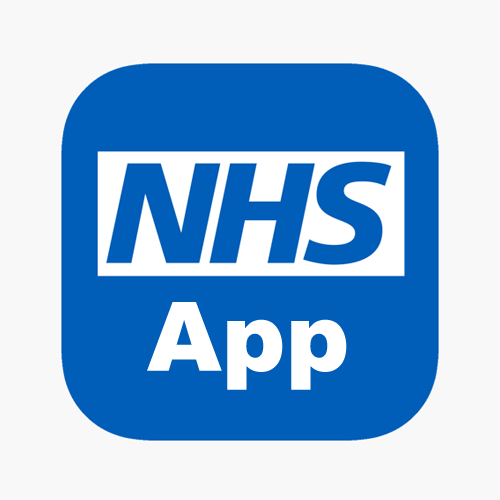Test Results

NHS App
How to get your results online
If you have had a test done at the surgery, such as a blood test, ultrasound, X-ray or ECG, the easiest way to find out your test results is through the Airmid app or the NHS app. It will tell you whether the result is normal, as well as whether you need to follow up with the doctor. You can also book an appointment to discuss the results through the app. Results will only be visible on the app after they have been reviewed by a clinician
If you can't access the app, please call reception on 01371 810328 after 11am. At other times the reception is busy, so we would ask you not to phone outside these times. We may be able to give the result over the telephone or send a copy to you by email. Alternatively, we may ask you to make an appointment with the doctor to discuss the result. We will only be able to tell you about results after they have been reviewed by a clinician
If the test was done at a hospital or other location, please contact them directly to talk about your results, as the surgery may not receive copies of these
We have a strict policy regarding confidentiality and data protection. We will only release test results to the person to whom they relate unless that person has given prior permission for the release of this data or they are not capable of understanding the results.
Other ways to get your results
If you can't use online services to see your results you can contact us one of the following ways:
- Email Admin at freshwell.administration@nhs.net with our request and we can send your results to you be email or text
- Call Reception on 01371 810328 to receive the information over the phone
Blood Tests
A blood test is when a sample of blood is taken for testing in a laboratory. Blood tests have a wide range of uses and are one of the most common types of medical test. For example, a blood test can be used to:
- assess your general state of health
- confirm the presence of a bacterial or viral infection
- see how well certain organs, such as the liver and kidneys, are functioning
A blood test usually involves the phlebotomist taking a blood sample from a blood vessel in your arm and the usual place for a sample is the inside of the elbow or wrist, where the veins are relatively close to the surface. Blood samples from children are most commonly taken from the back of the hand. The childs hand will be anaesthetised (numbed) with a special cream before the sample is taken.
Patients can book blood tests online at Broomfield or Braintree by visiting: www.swiftqueue.co.uk/midessex.php.
You can find out more about blood tests, their purpose and the way they are performed on the NHS Choices website.
X-Rays
An X-ray is a widely used diagnostic test to examine the inside of the body. X-rays are a very effective way of detecting problems with bones, such as fractures. They can also often identify problems with soft tissue, such as pneumonia or breast cancer.
If you have an X-ray, you will be asked to lie on a table or stand against a surface so that the part of your body being X-rayed is between the X-ray tube and the photographic plate.
An X-ray is usually carried out by a radiographer, a healthcare professional who specialises in using imaging technology, such as X-rays and ultrasound scanners.
You can find out more about x-ray tests, how they are performed, their function and the risks by visiting the NHS website.
DEXA Scan
A DEXA Scan uses low dose X-rays to assess the density of bones. It is usually used to diagnose a condition called Osteoporosis, a health condition which causes weakened bones and can lead to fractures
You can find out more about DEXA Scans, how they are performed, their function and the risks by visiting the NHS website.
Ultrasound Scan
An ultrasound scan is a procedure that uses high-frequency sound waves to create an image of part of the inside of the body.
A small device called an ultrasound probe is used, which gives off high-frequency sound waves. You can't hear these sound waves, but when they bounce off different parts of the body, they create "echoes" that are picked up by the probe and turned into a moving image. This image is displayed on a monitor while the scan is carried out.
You can find out more about Ultrasound Scans, how they are performed, their function and the risks by visiting the NHS website.
Page created: 06 June 2022

